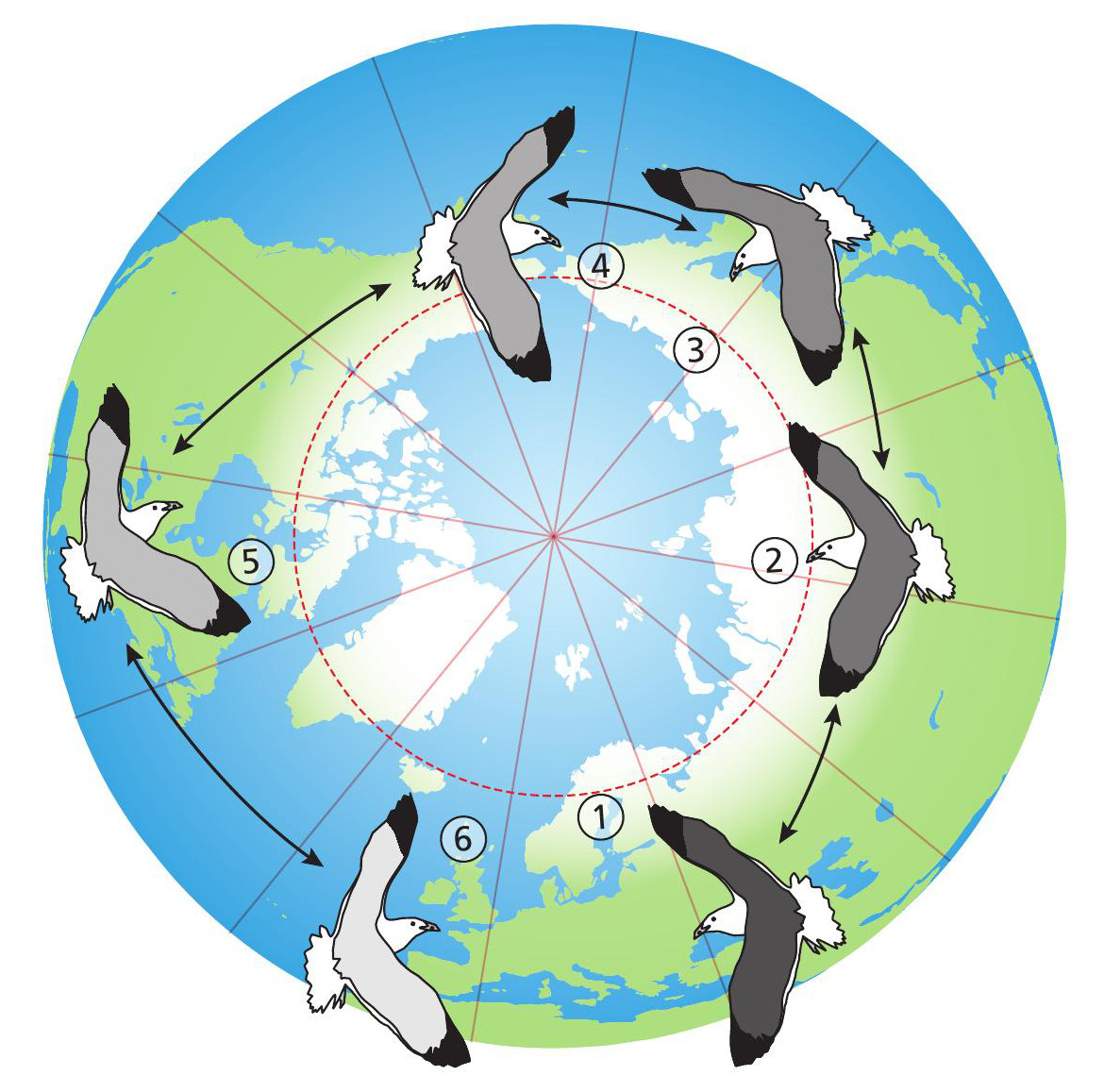
Speciation, the generation of new species from an ancestral species, requires reproductive isolation. If the geographical area that a species occupies is larger than the average life-time travel of any individual, then although the population is continuous, gene flow will be restricted to geographic neighbours. Could collections of genetic changes at the extremes of a geographic range of a population result in speciation?
This has been observed in ring species, where an ancestral species encountered a geographical barrier, migrated around it in two directions and the populations then met again.
Your organisation does not have access to this article.
Sign up today to give your students the edge they need to achieve their best grades with subject expertise
Subscribe




